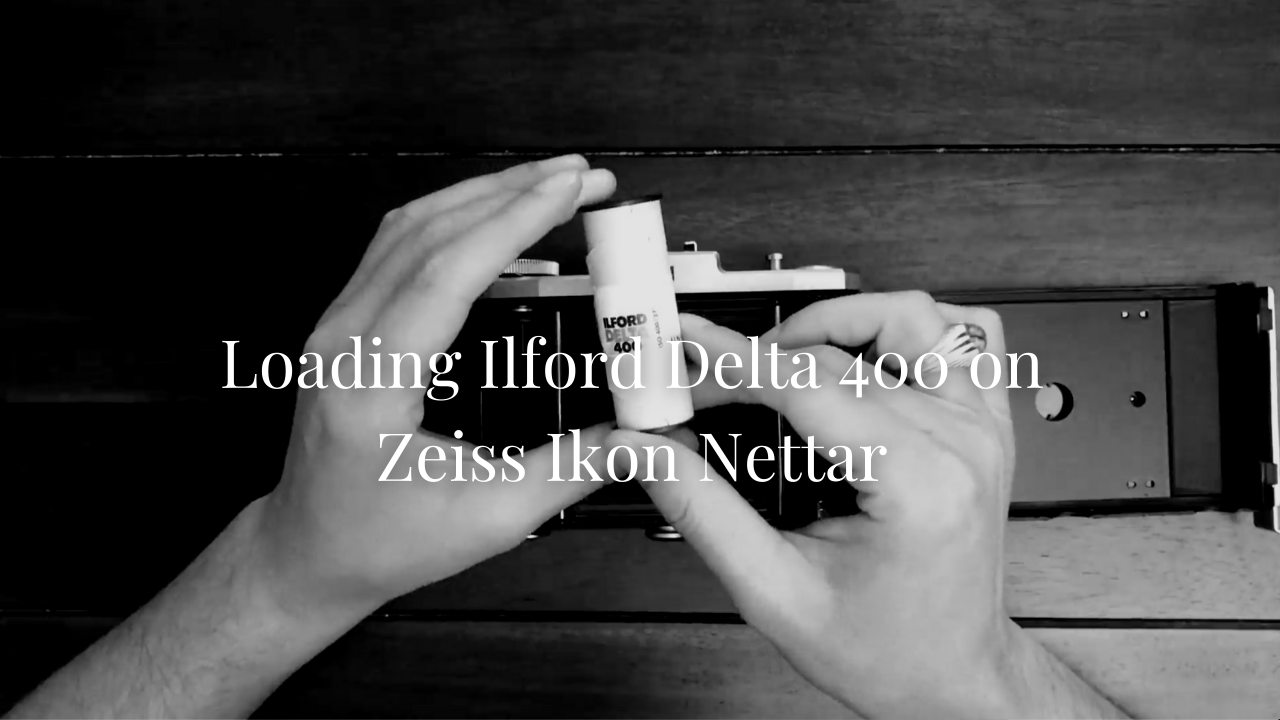Word has it that Nietzsche used to walk up to 8 hours a day with a paper and pen. Where do you think all the notebooks went? We can sort of hazard a guess to what he may have been ruminating about…When’s the last time you got up for a spontaneous walk in the park?
When word had got to me about the Fuji Pro 400H being discontinued I was quite upset however alas Analogue Wonderland came to the rescue with a new batch of Fuji NS 160. With little hesitation I order my first few rolls and waited for the right time to explore this new film!
My first thoughts were; a) how different this film stock would be compared to the Fuji Pro 400H? and b) how it would compare to Kodak Portra 160? But that aside I decided to go for a first walk with this as is see what it could do!
The sun was so strong and bright as I walked in to the park with my Yashica Mat 124G and my roll of 120film. I sat down opposite the cafe area and started loading up the roll with the sun warming my back. I didn’t have to work too hard for the first shot as this man came and sat down opposite me. I popped opened the viewfinder and framed up the first snap.
The great thing about my Yashica is it’s onboard lightmeter. Simply dial in your ISO and the light meter correctly adjusts for the conditions. Now, this may not always be the case for old film photography equipment but with good care, or perhaps a service you can recondition these wonderful cameras and get going on your analog photography journey!
The thing about Fuji Pro 400H is its ability to really make colours come out strong in every frame. Choosing a good location therefore is super important so that you can maximise the real estate on each picture you take. Of course, I didn’t know how the Fuji NS 160 would compare but I hazard a guess that the colour rendition would be up there.
Bearing in mind the film stock I would strongly recommend shooting with it where you have strong colours available. Perhaps you may be using this film for shooting portraits, in which case it will be perform exceptionally well with people of different tonalities. (I have yet to try it with Fuji NS 160 but looking forward to an opportunity as and when it may arise!)
The blue, green and brown settled well for the second image with the dog walker in the middle of the frame. The line of trees disappears in to the distance drawing you in to the image. Late mornings are great time to explore, there are not too many people about but just enough to create some interesting compositions! It would be interesting to see how the film would fare in late summer afternoon settings too!
I waited for the morning walkers to cut across the deep green grass and large blue sky before taking the third image. This was more a ‘scientific’ shot, getting an image with large swathes of two colours and how they would perform.
As I was walking along, so many opportunities to take candid street style shots appeared. I initially framed this image to take of the person sitting on the bench as they walked in front on me with their yellow jacket. However the the shadow created by the light hitting the tree felt like the tributaries of a river on the floor and I just couldn’t resist but take that image.
Crossing over back in to the other side of the park over the railway line I saw the light falling down and thought this could make a rustic image. I think someone framed within it would look even better but probably would need a reflector or secondary light for the subject.
Loved this disused train station, got me working thinking about how train stations were used when they first came in to existence. No platforms, I wonder how safe it was just to board straight from the rail itself?
Overall, really pleased with how these images came out. I definitely I am looking forward to exploring this film stock more in different conditions. Certainly would be good to see how it fares under different light conditions, landscapes and portraits too!











